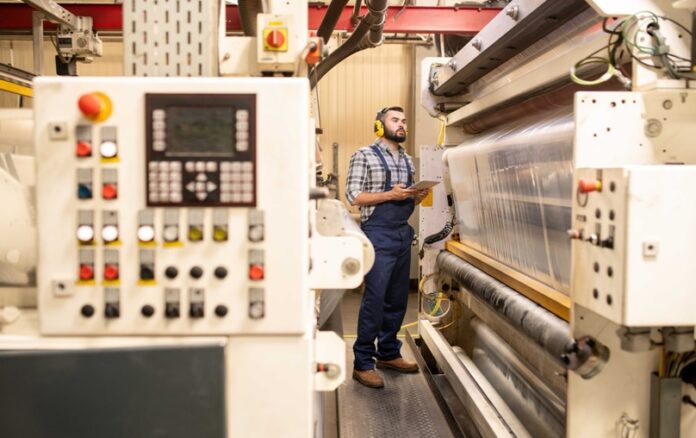In addition to bringing in more opportunities for employees and organizational efficiency, automation also enables organizations to focus on core processes and avoid human error in the process. Many organizations have not yet realized the benefits of computerized maintenance management systems. These tools are relatively cheap and offer immense benefits to executives, operators, technicians, and engineers in manufacturing or asset-intensive industries.
By incorporating your quality and engineering teams into an advanced CMMS, you will be able to improve collaboration, communication, productivity, and efficiency across your organization.
In general, a computerized maintenance management system (CMMS) is designed to streamline maintenance activities. However, as technology evolved, incorporating cloud infrastructure within these solutions, a well-designed platform has become an essential system for other departments within and outside of the organization.
Let’s take a closer look at how quality and engineering teams can streamline their respective business processes and experience improvements with the help of CMMS software.
The synopsis
Say, for instance, while performing calibration of a volume feeder, the quality manager found unsatisfactory deviation in feed rates according to the Asset Trend Analysis generated by the CMMS. Based on the equipment’s condition, an email notification will automatically be generated by the CMMS to an engineer to troubleshoot the issue.
After receiving the email, the engineer will then create preventative maintenance (PM)work order. The work order should have a defined set of instructions in the correct order, referencing the required documentation, associating parts, estimated hours, and the person to whom PM has been assigned based on their skill qualifications. The engineer then checks the PM against Standard Operating Procedures (SOP) but finds an incorrect PM task when returning the equipment back to service. As a result, the PM procedure is then reviewed with added verification steps, including a series of work order status approvals and attached visual images when setting load cells.
After checking the CMMS’s PM planner to avoid scheduling conflicts and unnecessary overtime, the assigned PM work order is then routed through the maintenance planner to the actual technician. The assigned technician will receive email notification of the PM work order, which is also visible on the CMMS dashboard. The technician will then perform the maintenance task as instructed by the engineer, indicating the material used and verifying his labor through the CMMS mobile app on his smartphone. The technician adds his feedback on the volume feeder and puts his signature to complete the work order.
The solution
The maintenance supervisor will automatically receive email notification of the completed work order, which will require his signature for approval. If the supervisor is satisfied with the work after reviewing it, he will sign off the work order. The quality manager will also automatically receive an email notification of the approved, completed work order. Now, the quality manager can focus on other tasks knowing that the issue with the volume feeder has been resolved successfully.
But suppose
However, the outcome might be different if the maintenance supervisor is not satisfied with the technician’s work and the current status of the volume feeder. The maintenance supervisor can disapprove the work order, rerouting it back to the PM task list and the technician. This is just one of many examples of how CMMS streamlines business workflow. You can see that by incorporating your engineering teams into an advanced CMMS, you will be able to enhance collaboration, improve communication, productivity, and efficiency across your production plant.


